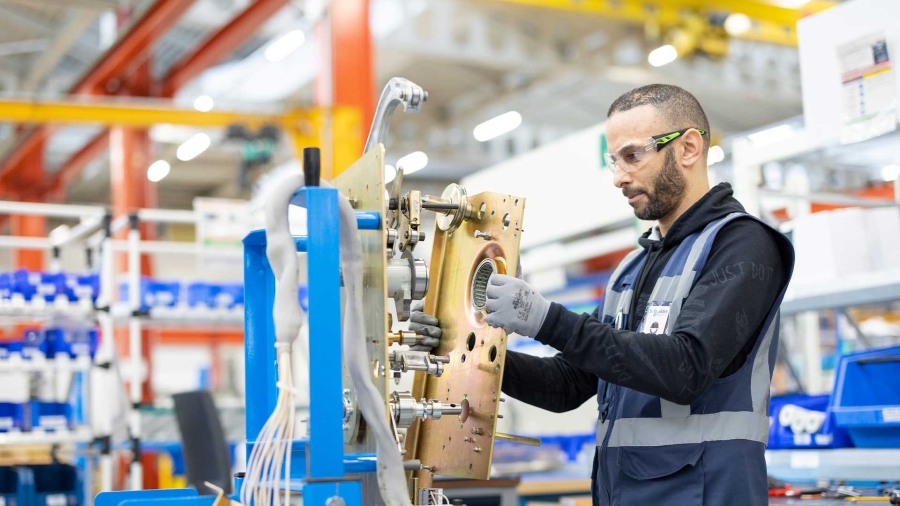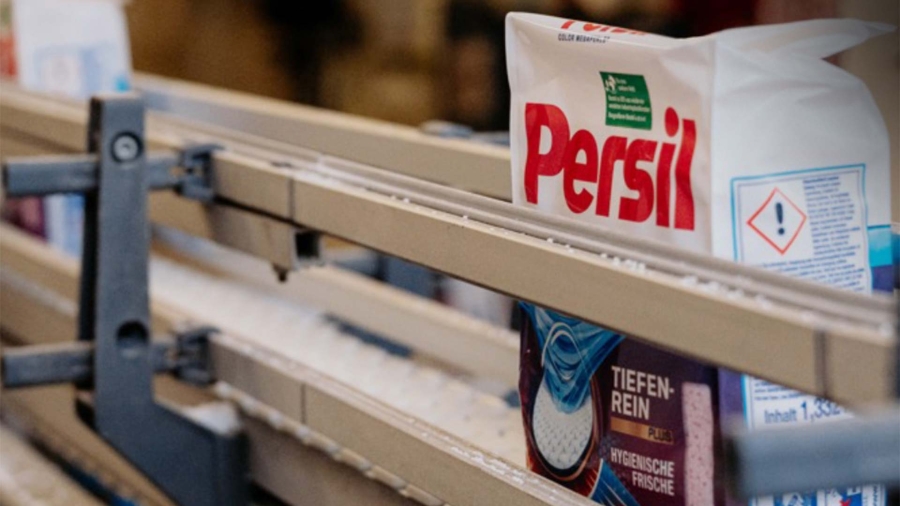What is circularity?
The circular economy, as defined by the Ellen MacArthur Foundation, is a “framework for an economy that is restorative and regenerative by design”.
The difference between linear and circular models can be summarized in one sentence: In a linear economy, raw materials are used in a product that is thrown away after use, whereas in a circular economy, we close the cycles of all these raw materials and the final product.
Contrary to popular perception, circularity differs from sustainability and goes beyond waste management and materials recovery. It is about creating the kind of systemic change that can enable massive and resilient growth. Shifting from a linear to a circular economy offers a sustainable solution to maximize resource efficiency, minimize waste, and foster economic growth.
This transformation is not easy. Companies must build systems and operating models from the ground up. What’s more, they must look outside of their own four walls to ensure they build interconnected circular supply chains, while also learning to collaborate with government, academia, and civil society.
Why is circularity important?
We are currently exceeding the limits of our finite planet. Circularity is essential to efficiently reducing the pressure on the environment and improving the security of raw materials. It is a fundamental pillar of a sustainable future and brings about new growth opportunities.
With 45% of global greenhouse gas able to be addressed through a circular economy, it is not something we can ignore.
It also makes clear business sense. Circular business and operating models improve resource efficiency, open new revenue streams, can provide a competitive advantage, and are in line with emerging regulations and policy.
How to create circular models in industries
Circularity requires an industry-wide improvement in competency and internal operating models.
There is a lack of know-how from product design (eco-design, repair/refurb centers), to supply chain management (take-back schemes, reverse logistics), to business (monetizing service-based programs, value to customer).
Circularity is not an immediate proposition. It takes time and investment to develop products, solutions, and strategies that drive circularity. It cannot be done in isolation. Circularity requires true collaboration and new partnerships to ensure there are no gaps in the product’s lifecycle.
Some of the key considerations are:
- Digitalizing supply chains to help manage complexity: digitalizing supply chains is key for transparency and traceability, both of which are then key when re-thinking traditional, linear supply chains. Developing a reverse logistics system in order to take back products you’re your own regional operations, customers, partners, and ensure the quality and availability of those products, cannot be done without a digital and connected supply chain.
- Design for circularity (eco-design): during the design phase considering factors such as material selection, durability, reparability, and recyclability is essential to ensure circularity is implemented. Industrial companies need to spend the time investing in research and development to create products that can be easily disassembled, upgraded, or recycled while maintaining the highest quality standards.
- Collaboration and partnerships: Transitioning to a circular economy cannot be done alone. Collaboration among various stakeholders, including suppliers, customers, waste management companies, and recycling facilities is essential to aligning interests across the complete industrial value chain.
- Awareness: educating customers, partners, and consumers about the benefits of a circular economy, encouraging responsible consumption, and promoting product return and recycling programs requires time and effort and will continue to be needed as circular programs expand.
The benefits of circularity in industries
Investing in circularity programs can bring significant competitive advantages to industrial enterprises. McKinsey estimated the circular economy can save up to €600 billion a year by 2030. Some of the ways circularity can benefit industries include:
- Resource efficiency: adopting circular models means the use of resources is optimized – raw material consumption is reduced, and waste generation is minimized. Using less resources and creating less waste is a clear way to save costs and overall improve operational efficiency.
- New revenue streams: circularity programs save money and increase efficiency prove the business case that additional revenue can be generated while reducing environmental impact.
- Innovation and differentiation: by investing time and resources in ensuring product design and processes are created with circularity at the forefront, industries can bring to market more innovative and sustainable solutions that meet the requirements of today’s consumers and business customers who are very conscious of their own environmental impact – this can bring a distinct competitive advantage over others in the market.
- Reputation: circular practices attract environmentally conscious customers, investors, and partners, thereby creating self-reinforcing circular initiatives.
Want to know more?
In this video, created by the Financial Times and in collaboration with Bain, Barbara Frei, Executive Vice President, Industrial Automation, Schneider Electric discusses how circularity goes beyond sustainability to drive resilient growth and what customers, regulators and investors need to know to move from a linear economy to circular models.














